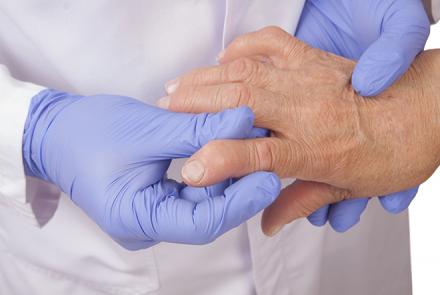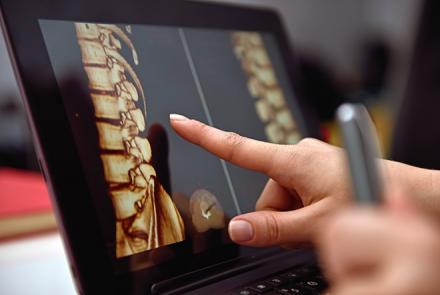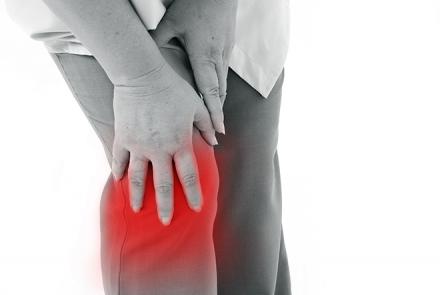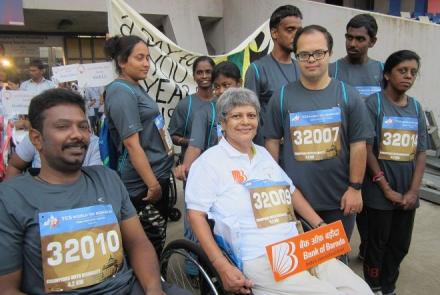
Rheumatic diseases are erroneously believed to be the disease of the elderly, but a large number of young people too are affected by them. Dr. Gurvinder Singh Sawhney – Senior Consultant, Orthopaedics and Joint Replacement at Nanavati Hospital, gives us a perspective and suggests aggressive treatment strategies to manage flare-ups.
Rheumatic or musculoskeletal diseases are considered the aches and pains of the ageing, but there are several disorders prevalent even among young people. Which are the 5 most common rheumatic ailments seen in the age group 20-40?
- Rheumatoid Arthritis – It is an autoimmune disorder. In younger group it is known as Juvenile Rheumatoid Arthritis. It usually affects more than one joint. Associated with inflammation, rapid progression, swelling, synovitis and limitation of mobility. It is also associated with osteoporosis, due to limited mobility and frequent steroid usage.
- Ankylosing spondylitis – Prevalent in the age group 20-30. This is basically genetically determined disease. Diagnostic test is positive HLA B27- Human Lymphocytic Antigen- Locus B27. This afflicts sacroiliac joints and lumbar spine along with costovertebral joints and cervical spine. Patient presents with progressive pain, stiffness and deformity.
- Rheumatic Arthritis – Associated with rheumatic heart disease. The cause is bacterial infection- Streptococcus. Treatment is similar to rheumatic heart disease. Combination of penicillin and aspirin.
- Systemic Lupus Erythematosus – Arthritis- is an autoimmune disorder and can involve various sites including joints. Has to be treated systemically.
- Gouty Arthritis – Due to elevated levels of uric acid. Requires a combination of dietary control with drugs which prevent the formation of uric acid or increase their excretion.
There has been a steady rise in the number of youngsters affected by Rheumatoid Arthritis? What are some of the leading causes?
The leading causes are the combination of environmental and genetic factors.
Ankylosing spondylitis that affects more young men than women. How is ankylosing spondylitis different from common spondylitis?
Ankylosing spondylitis is progressive. It affects younger people. It is genetically determined. It leads to ossification of joints with severe stiffness and deformity. Spondylitis is due to ageing and degeneration of joints.
How can one best manage symptoms of ankylosing spondylitis?
They can be best managed by anti-inflammatory medications like Indomethacin and physiotherapy. Disease modifying agents are also available.
Systemic Lupus Erythematosus or Lupus affects young people, especially women. What are some of the early symptoms to look out for in Lupus?
Multisystem disorder with dermal and articular manifestations.
Which are the commonly prescribed treatments for rheumatic disease?
NSAIDS (nonsteroidal anti-inflammatory drugs) and disease modifying agents.
What foods can reduce inflammation, flare-ups and ease the pain for rheumatic diseases?
Foods are only important in gouty arthritis. Avoid foods that increase uric acid such as red meat and cheese.
Related Reading: Foods that fight inflammation
Rheumatic disorders can take away the productive years from adulthood. Are there strategies to minimize the progression of rheumatic diseases?
Use disease modifying agents plus NSAIDS and control the disease before it destroys the joints.
Download The Toolkit for Managing Arthritis
How does one deal with the negative psychological issues of rheumatic diseases?
- Aggressive treatment strategy
- Control of diseases as soon as possible
- Joint replacement if required.
- And, see if the patient is fully rehabilitated, physically and financially.


















